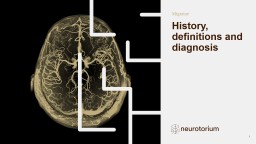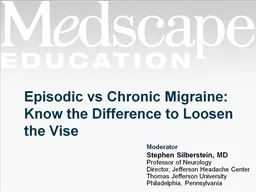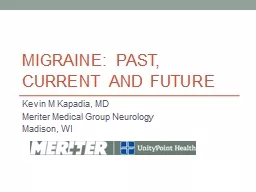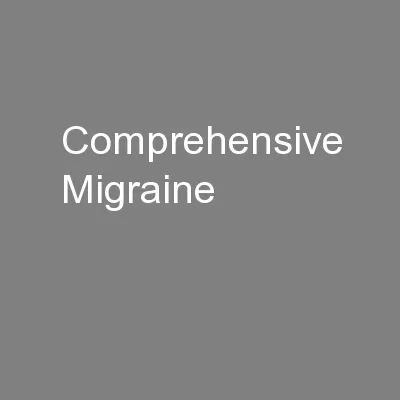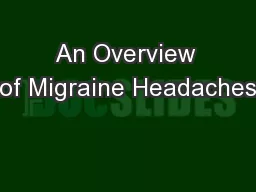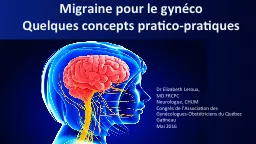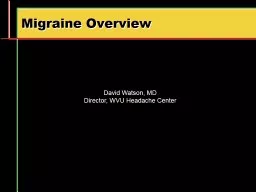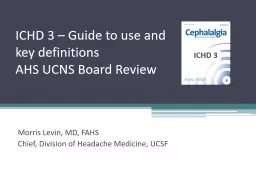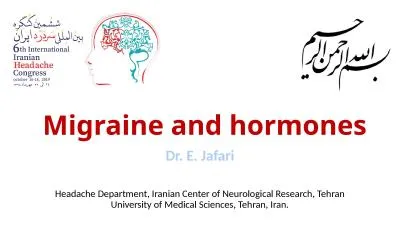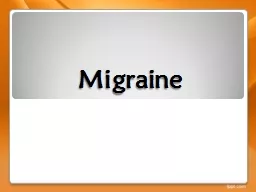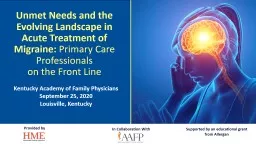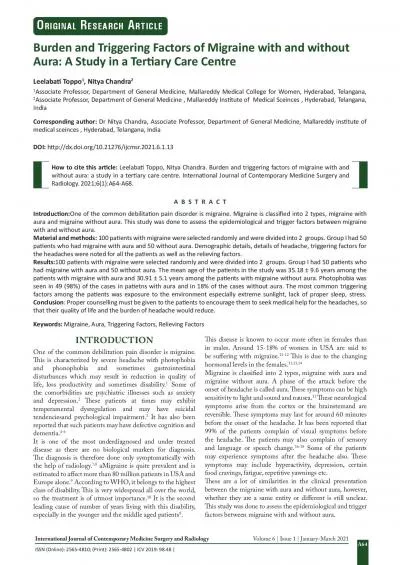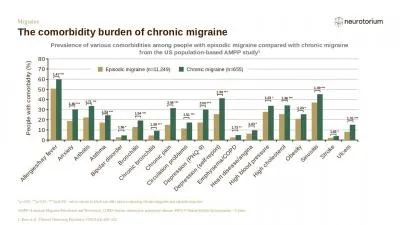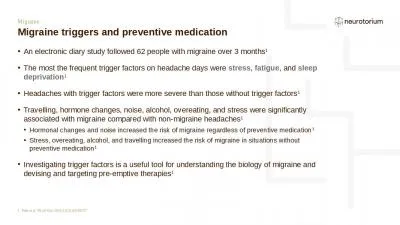PPT-1 Migraine History, definitions and diagnosis
Author : madison | Published Date : 2023-08-31
Migraine Migraine through history Migraine comes from the Greek word hemicrania which referred to pain occurring on one side of the head half skull 1 The earliest
Presentation Embed Code
Download Presentation
Download Presentation The PPT/PDF document "1 Migraine History, definitions and diag..." is the property of its rightful owner. Permission is granted to download and print the materials on this website for personal, non-commercial use only, and to display it on your personal computer provided you do not modify the materials and that you retain all copyright notices contained in the materials. By downloading content from our website, you accept the terms of this agreement.
1 Migraine History, definitions and diagnosis: Transcript
Download Rules Of Document
"1 Migraine History, definitions and diagnosis"The content belongs to its owner. You may download and print it for personal use, without modification, and keep all copyright notices. By downloading, you agree to these terms.
Related Documents

